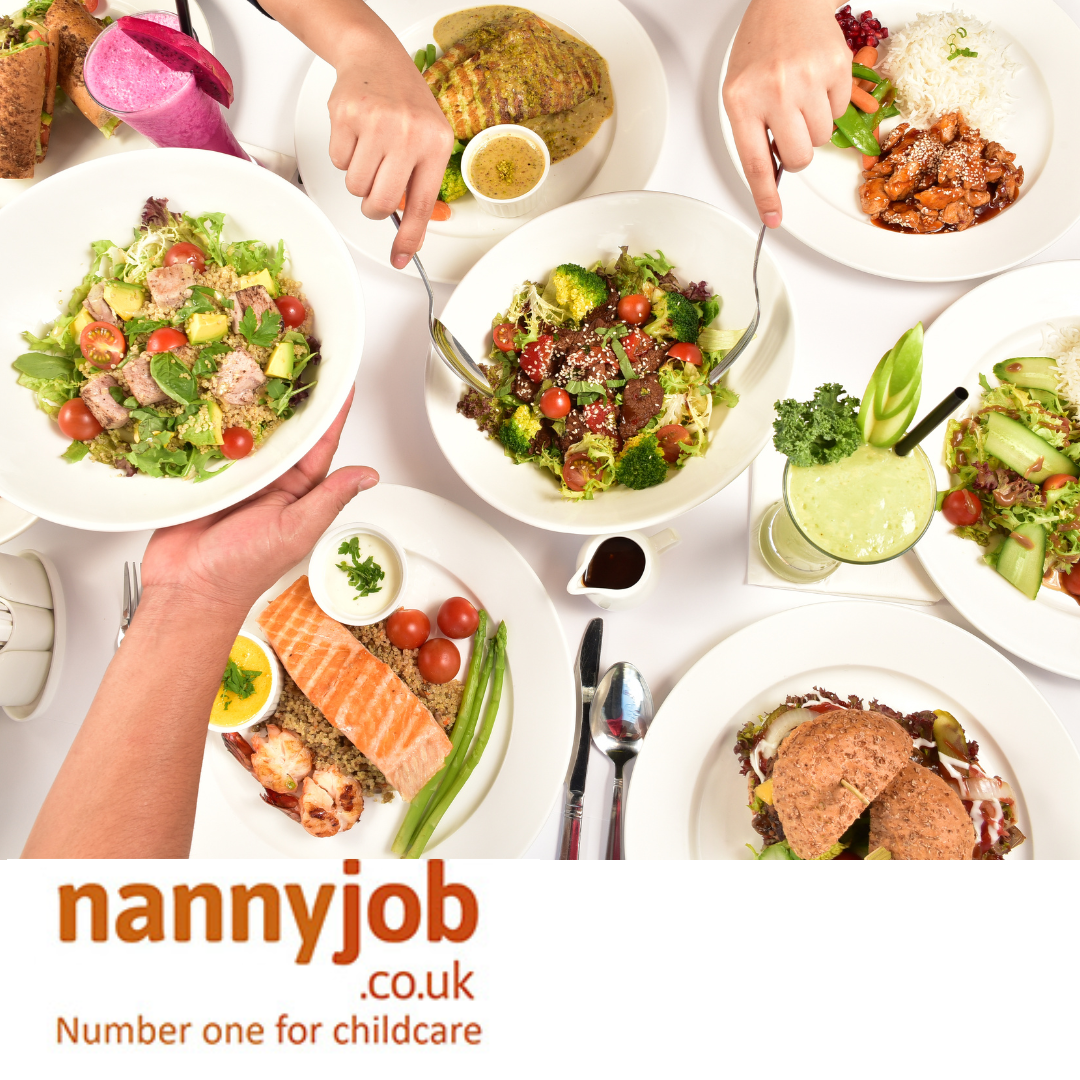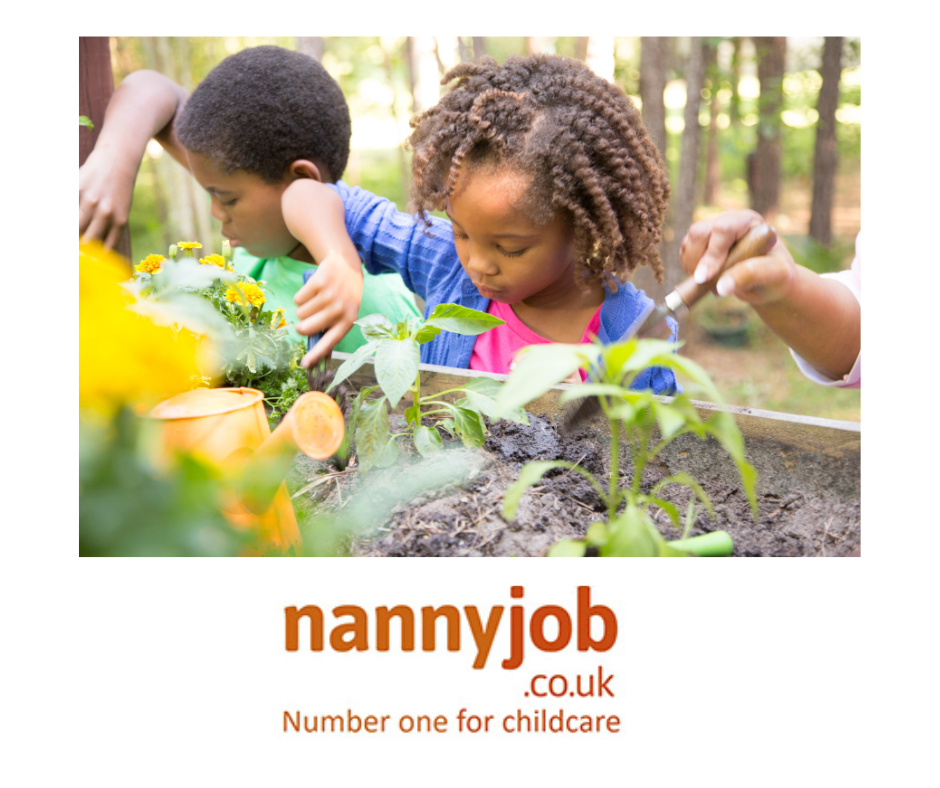In the bustling world of nannies and childcare, providing children with nutritious meals is one of the key responsibilities. It’s not just about keeping little tummies full; it’s about ensuring that the food they eat contributes positively to their growth and development. But let’s be honest, the journey from plate to mouth is not always smooth sailing. So, how can nannies create balanced meals that are not just nutritious but also delicious? Let’s dive in!
Why Nutrition is Important for Children
Before we talk about the how, let’s understand the why. Children are in their prime growth years. Their bodies need the right nutrients to build strong bones, muscles, and brain cells.
- Healthy Growth: Vitamins and minerals contribute to a child’s physical growth.
- Brain Development: Nutrients like Omega-3 fatty acids are essential for brain development.
- Immune System: A balanced diet helps in building a robust immune system.
- Establishing Healthy Habits: Early exposure to a variety of foods can shape lifelong eating habits.
The Components of a Balanced Meal
A balanced meal for children should ideally contain:
- Proteins: Critical for growth, health, and brain development. Sources include lean meat, fish, eggs, dairy, legumes, and nuts.
- Carbohydrates: Main source of energy. Opt for whole grains like brown rice, whole wheat bread, and oats.
- Fats: Essential for growth and energy; focus on unsaturated fats like avocados, nuts, and olive oil.
- Vitamins & Minerals: Found in fruits and vegetables, they’re essential for various body functions.
- Fiber & Water: Essential for digestive health.
Tips for Creating Nutritious and Delicious Meals
- Make it Colorful: Use a variety of brightly-colored fruits and vegetables to make the plate visually appealing.
- Get Creative with Presentation: Shape foods into fun characters or arrange them into a picture.
- Incorporate Healthy Snacks: Offer healthy snacks like nuts, yogurt, or fruit between meals.
- Experiment with Flavors and Textures: Introduce them to different cuisines and ingredients.
- Involve Children in Meal Preparation: Kids are more likely to eat something they helped make.
Some Easy Meal Ideas
- Breakfast: Whole grain pancakes with a side of mixed berries and a glass of milk.
- Lunch: Grilled chicken wrap with veggies and a fruit yogurt.
- Dinner: Baked salmon, mashed sweet potatoes, and steamed broccoli.
- Snack: Carrot sticks with hummus dip.
Handling Picky Eaters
- Be Patient: Introduce new foods slowly and don’t force it.
- Lead by Example: Eat the same foods with them.
- Encourage, Don’t Bribe: Praising them when they try new food is good, but avoid bribing.
- Make Food Fun: Play with names (e.g., calling broccoli “mini trees”) or letting them “decorate” their own pizza with veggies.
Wrapping It Up
Creating balanced meals that are both nutritious and delicious is an art. It’s about making healthy choices, presenting food in an appealing way, and having a lot of patience. As a nanny or child carer, you play a pivotal role in not just feeding, but also teaching kids about the importance of good nutrition. So, don your chef’s hat and get creative in the kitchen!
Regenerate response








